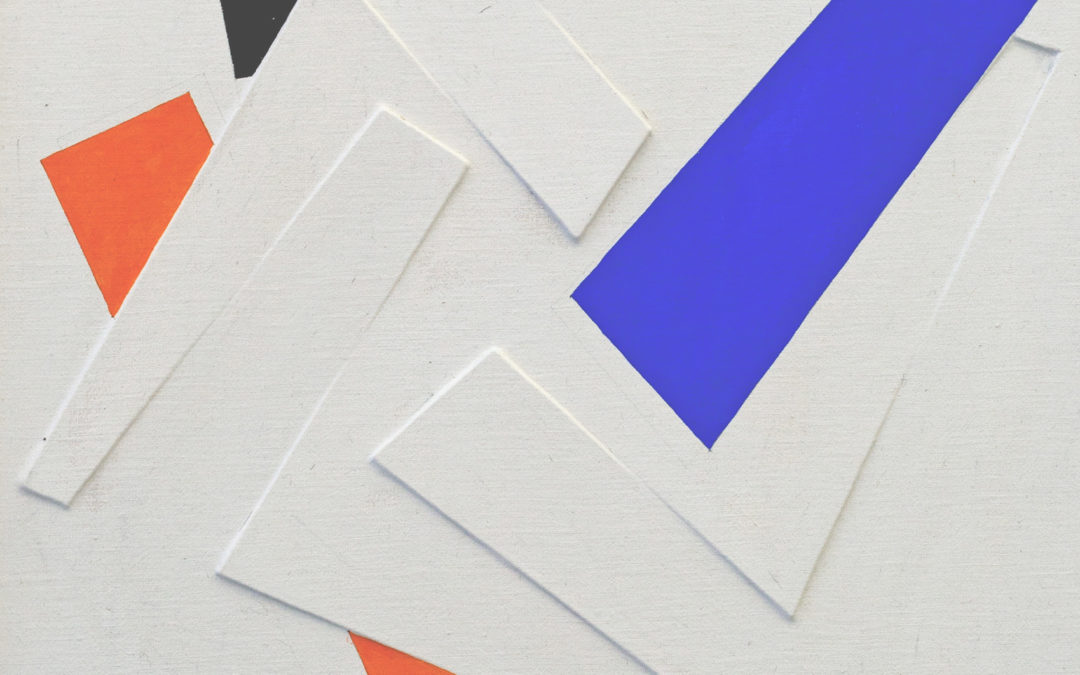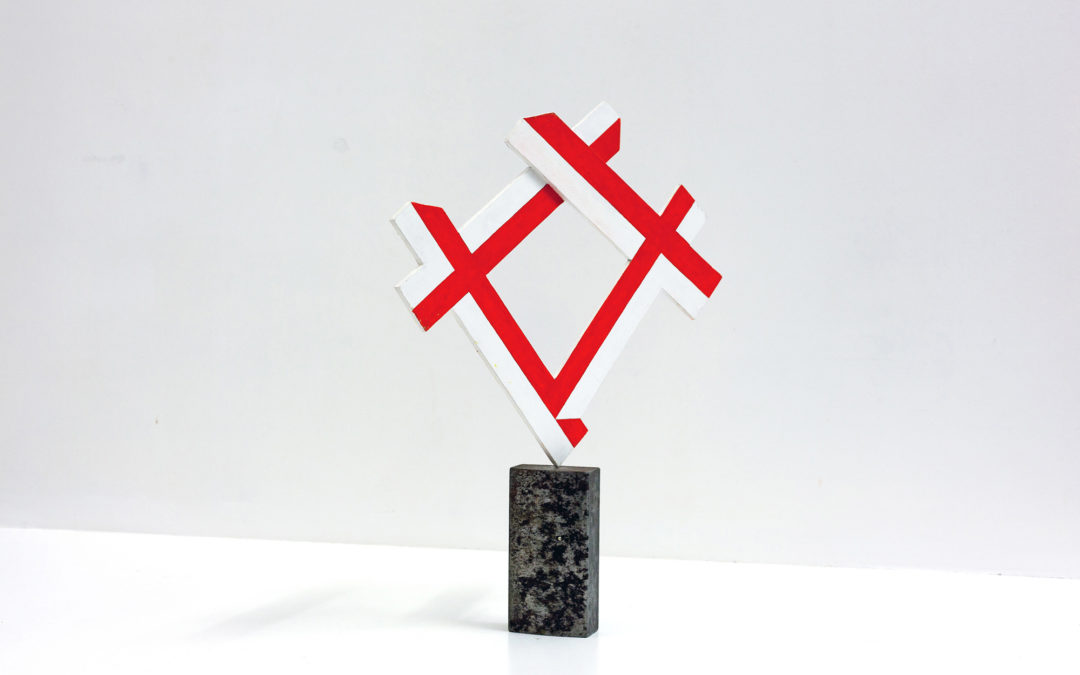group of works
exhibitions
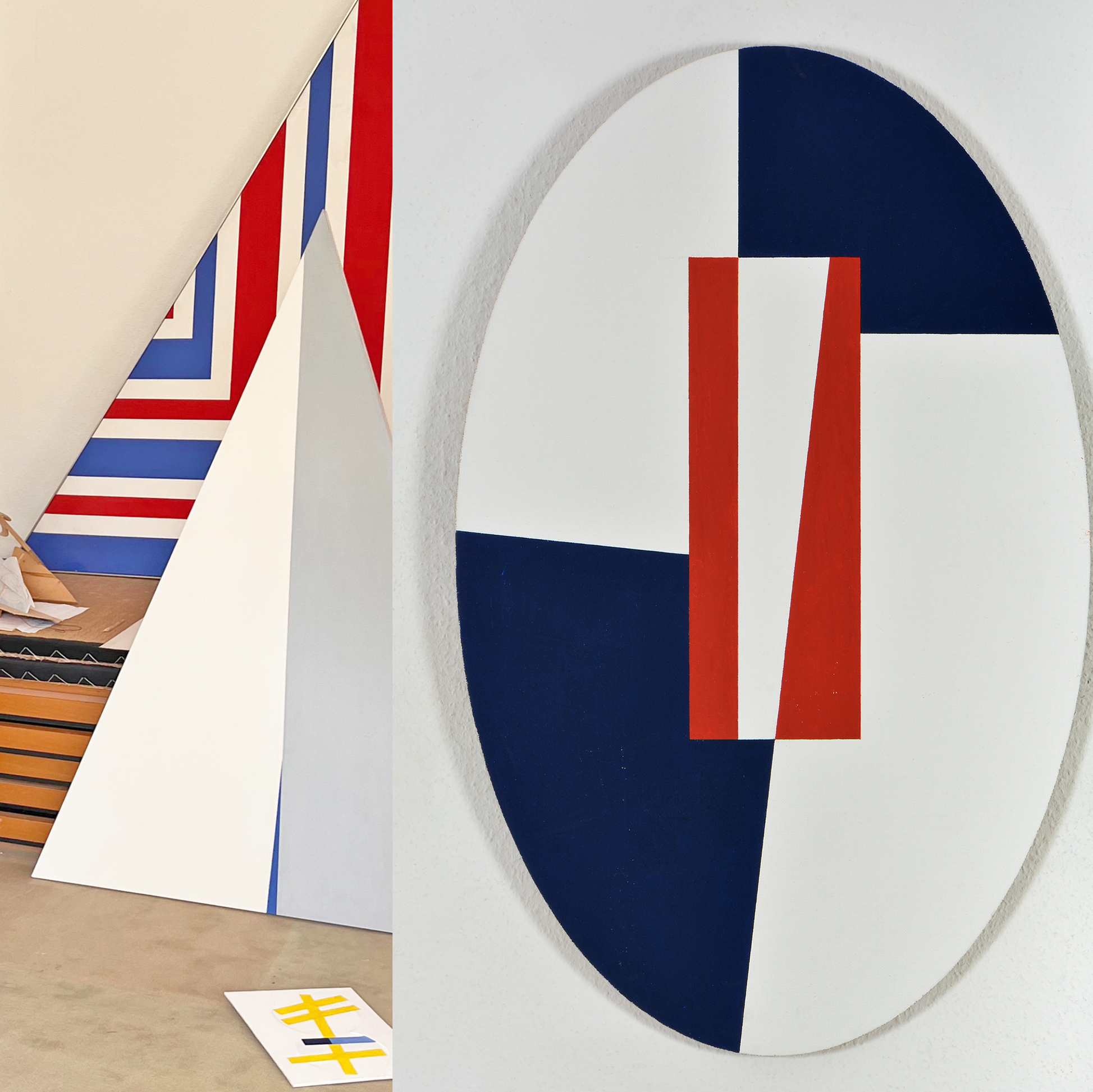
2022 – Kleiner Rückblick
3d visit Klaus Steinmann – Kleiner RückblickVom Aufbrechen der Fläche 11. Juni – 16. Juli 2022 Von der geometrischen Strenge seiner früheren, oft großformatigen Werke hat der Künstler sich schon lange verabschiedet. Die Konkrete Kunst, die seit den 50er- bis in...
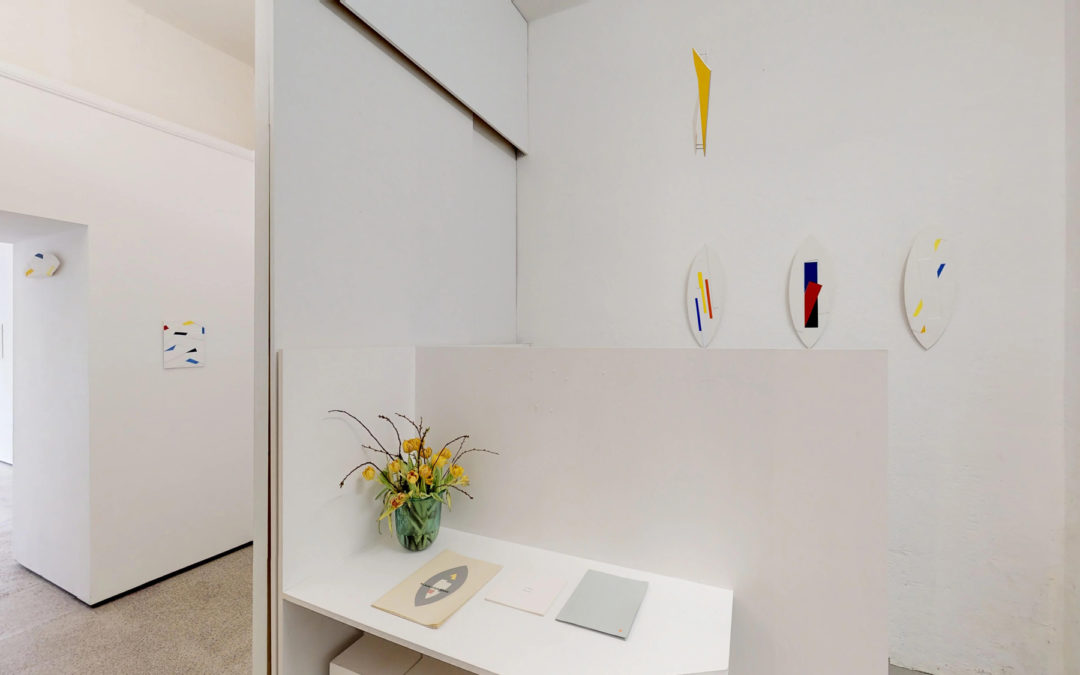
2019 – Bildtafel – Tafelbild
Tafelbild – BildtafelKlaus Steinmann9.2. – 16.3.2019 Im Grenzbereich der Malerei – Malerei und Plastik bedingen sich im Werk von Klaus Steinmann In seiner ersten Einzelausstellung bei Semjon Contemporary zeigt Klaus Steinmann Werke der letzten Jahre.Zuvor hatte er...
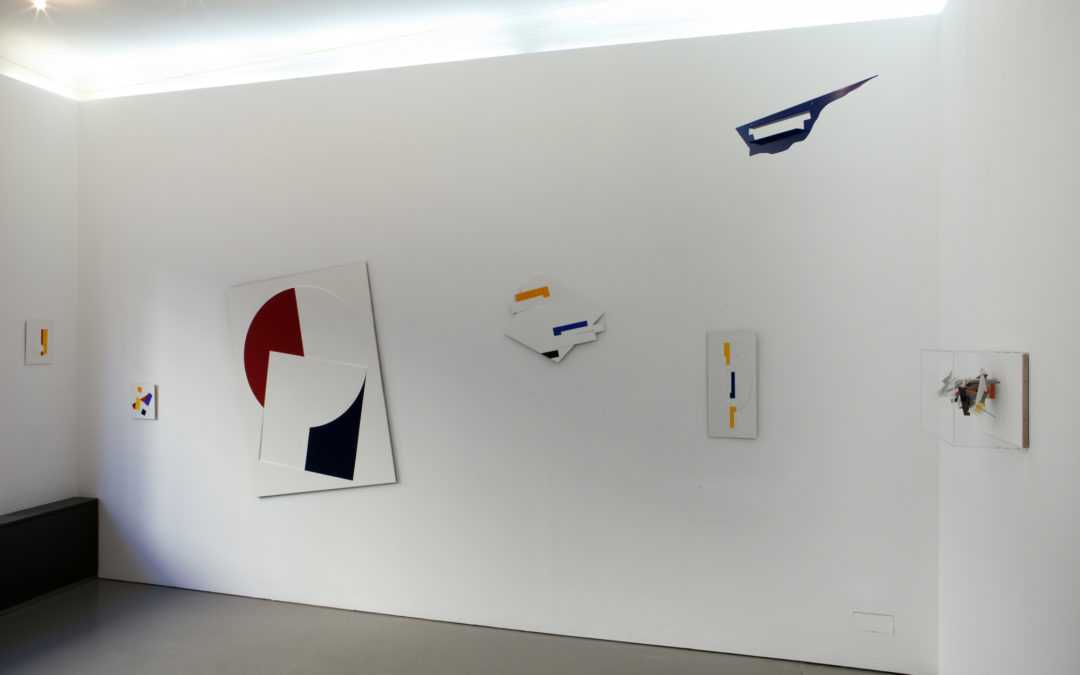
2016 – Encounter
Encounter – Colin Ardley : Klaus Steinmann 9.9. – 23.10.2016 Von Colin Ardley werden ein frühes Werk von 1992/1993 sowie zwei aktuelle Wandobjekte gezeigt. Gegenübergestellt werden sie Malereien von Klaus Steinmann (geb. 1939) aus dem gleichen Zeitraum. Beide Künstler...
Breaking up the plane
The artist said goodbye long ago to the geometric austerity of his earlier, often large-format works. Concrete Art, which underwent bitter disputes over direction from the 1950s to the late 1980s, was not unimportant for the artist, but it was not the be-all and end-all either and had to open up over the decades.
For Klaus Steinmann, however, American colour field painting and Minimal Art were also important.
In recent years, the artist has concentrated mainly on smaller formats. This enables him to work daily in his studio flat in Berlin or Walsrode on the recurring themes of geometry, the basic shapes of rectangle, triangle and circle. And this takes place in the highly charged context of his experience from the heyday of Concrete Art and the overcoming of its strict regimentation. Tongue-in-cheek, he subverts this spirit of austerity so as to continue to grow and explore new possibilities and their bounds.
By sawing open the small-format plywood panel, following the outline of the painted forms, he deliberately tilts it forward from the plane of the canvas, tilting the matching half back. This creates an intriguing interplay of foreground and background and allows another added factor in his painting, shade, to break up the strict geometry of the painted forms and breathe a delicate modulation into them.
With their support, paint and relief-like structures, the paintings thus acquire the tactile quality so typical of Steinmann.
